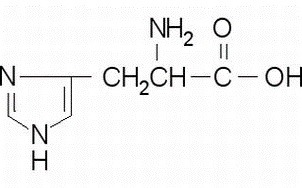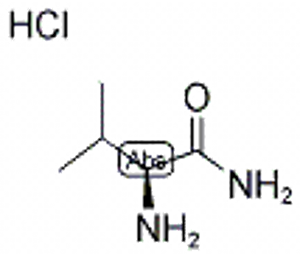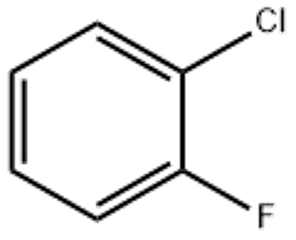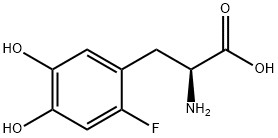D-Histidine(CAS# 351-50-8)
| Hazard Symbols | Xn – Harmful |
| Safety Description | S22 – Do not breathe dust. S24/25 – Avoid contact with skin and eyes. S36/37 – Wear suitable protective clothing and gloves. S26 – In case of contact with eyes, rinse immediately with plenty of water and seek medical advice. |
| WGK Germany | 3 |
| TSCA | Yes |
| HS Code | 29332900 |
Introduction
D-histidine has a variety of important roles in living organisms. It is an essential amino acid that is an essential component needed for the growth and repair of muscle tissue. D-histidine also has the effect of improving muscle strength and endurance and promoting protein synthesis. It is widely used in fitness and sports supplements.
The preparation of D-histidine is mainly through chemical synthesis or biosynthesis. The chiral synthesis method is usually used in chemical synthesis, and the reaction conditions and catalyst selection are controlled, so that the synthesis product can obtain histidine in D-stereo configuration. Biosynthesis uses the metabolic pathways of microorganisms or yeast to synthesize D-histidine.
As a nutritional supplement, the dosage of D-histidine is generally safe. If the recommended dose is exceeded or used in high doses for a long time, it may cause side effects such as gastrointestinal discomfort, headache, and allergic reactions. In addition, D-histidine should be used with caution in certain populations, such as pregnant or lactating women, patients with renal insufficiency, or phenylketonuria.








